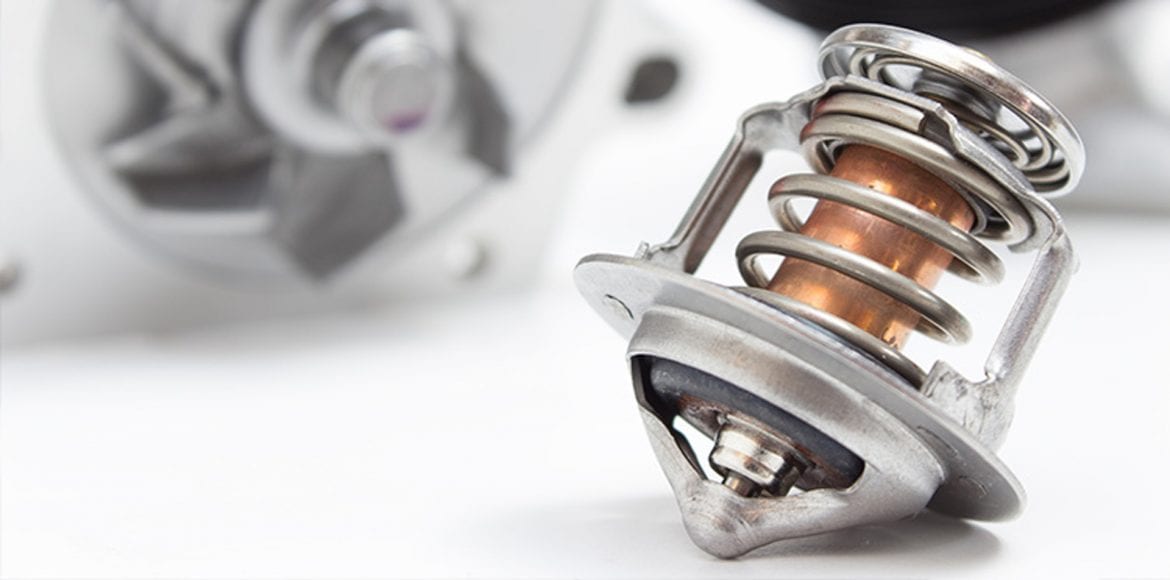Is it safe to drive the car with a thermostat stuck open? Can I drive with a broken thermostat? What will happen if the thermostat is stuck open? Are you perplexed about all these questions while driving? In this blog, Old Car Buyer Brisbane are going to discuss everything about thermostat briefly. Stay tuned with us…
What are Thermostat and Its role in the car?
The thermostat is placed between the engine and the radiator in any liquid-cooled car engine. Its job is to prevent the engine of your car from high temperatures or overheating. It controls the flow of coolant that passes through the engine and then back thorough radiator.
The thermostat can be stuck in two leading positions, either open or closed. If you drive the vehicle in open position then, it’s undoubtedly going to create bundles of issues for you. In case, when the thermostat is not able to close as per requirement, the flow of coolant pass throughout the engine. Initially, there will not be a problem, but eventually, it can be.
Symptoms of a bad thermostat
- Thermostat stuck open:
The temperature begins to drop down while driving on the highway in winters. Also, it can cause a lack of heat from the engine’s heating system. The engine’s light can be the indication of a stuck-open thermostat. - Thermostat stuck closed:
In a stuck-closed thermostat, the engine might get overheat and need replacement if there is some coolant leakage from the thermostat housing.
What Happens When Your Thermostat is Stuck Open?
When the thermostat is open, then it doesn’t prevent the flow of water and the coolant. Accordingly, the engine will not warm up as fast. Usually, it should be able to open & close as per the life cycle of your car.
You Might Interested in Top 6 Benefits of Selling of Junk Car
How does it work?
The thermostat is based on a simple mechanism containing wax inside it, and when it reaches the point of right temperature such as 180 degrees, it begins to melt. Further, the melting of wax brings forth a rod or spring that pulls down the cylinder or piston and opens it. In the hotness situation, the valve opens, and in cooling down again, the valve closes. It also restricts the coolant from the engine. It keeps on fluctuating until it becomes the ideal temperature for the engine of your car.
In case something gets wrong in the engine, there might be a situation of thermostat suck open. This could be caused by grease, dirt, or corrosion that breaks off from closing properly. In the open position, the coolant keeps on circulating through the engine to the radiator.
The majority of drivers are aware of an overheating engine, and the car is also set up to warn you. Whereas the car runs cool then, there is not considered a problem. Although, it’s not healthy for your vehicle to be run in a cold engine all time. In case the car is not getting the required temperature, you will suffer this in terms of mileage. A coolant engine condenses the fuel on your engine’s cylinder.
Thermostat replacement
Replacement of thermostat is quite costly somewhere around costs $150-$370. If you want to save money on labours for replacement then, you can do it yourself. The process is simple & hassle-free as mention below-
Make sure to have following items before replacement-
- The new thermostat
- Socket set
- Some cleaning rags
- Hose clamp pliers
- A drip pans
- A scraper
- Gaskets
- Sealant
- Coolant
Remove Your Old Thermostat: You can find the thermostat on top of the engine and check out the manual for its particular location as per your make and model of the car. It will somewhere be attached to the gooseneck housing to the radiator. You need to remove the two or three-bolt for a proper job.
Remove and Clean the Gaskets and Mounting: Now, it’s time to remove the old gasket and install the thermostat and new gasket. Get it clean properly and dry off it with a rag.
Apply the Sealant: You need to put down the sealant on the new gasket and install the thermostat and new gasket. Now hold it many times to confirm the seal.
Add New Coolant: Top off your coolant levels to the level showed in the coolant tank, and you ought to be all set. Start your vehicle and let the motor run for around 15 to 20 minutes to get up to ordinary temperature and guarantee that you have a warm engine as opposed to a cool one now. On the off chance that everything is heated up, at that point, you have fixed the issue. On the off chance that everything is running cold for unknown reasons then definitely you have a deeper problem, and you may need to take it to a technician.
